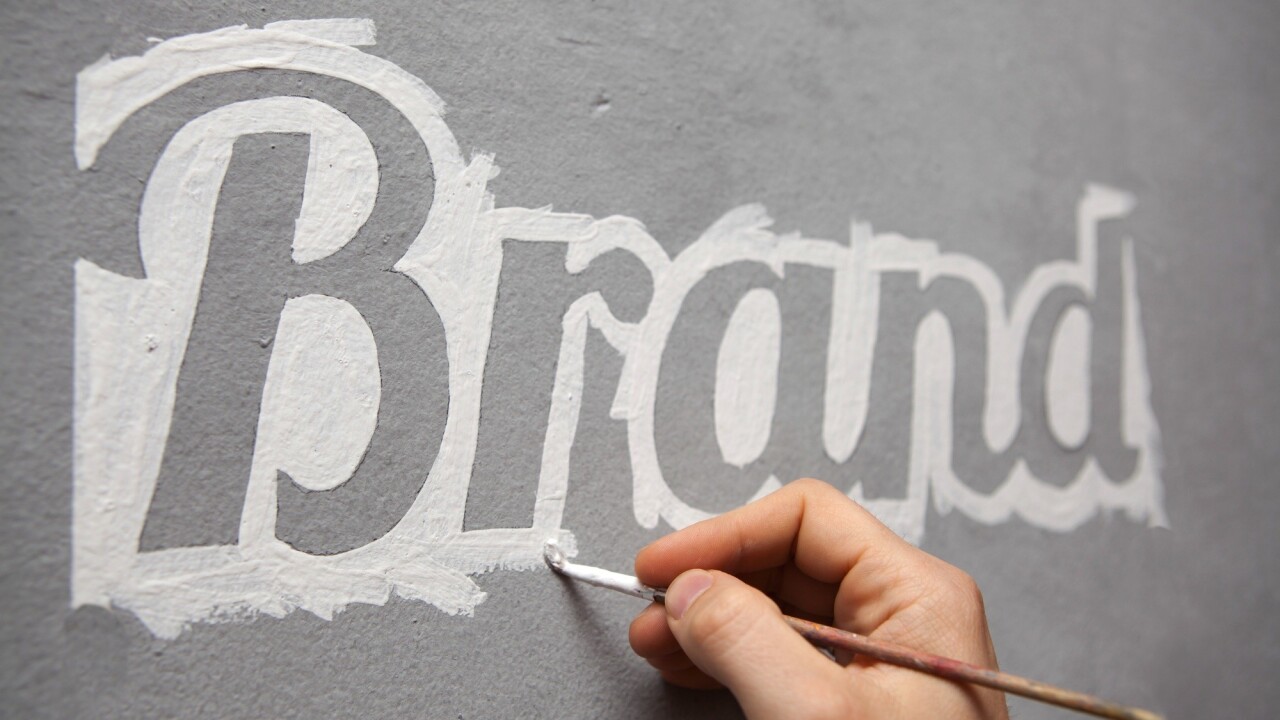
Jake Athey is the Marketing Manager for Smartimage and Widen Enterprises.
Rebranding is an inward process of recreating your organization’s outward expression of identity. Whether the current brand feels stale and outdated, or just fails to reflect the growth and evolution of the organization, a rebranding requires exceptional commitment, creativity, and sometimes resources.
In 2000, BP famously spent £4.6 million to design a new logo and at least £132 million over two years to rebrand stationery, vans, manufacturing plants, gas stations and more. You shouldn’t have to spend that type of money, but you do have to commit to a rebranding as if it were that costly.
After all, the risk of going halfway is leaving your brand stalled between an inconsistent present and an incomplete future. Ultimately, an inconsistent brand will struggle to distinguish itself in a competitive market, resonate with customers and inspire employees.
Whether your organization is a business, charity, church, school or government agency, here are eight steps to make sure a rebranding succeeds and powers your organization into the future:
1. Commit to the rebrand and keep it moving
A rebrand begins with the declaration of a rebrand. The excitement is contagious, and it will carry over into all sorts of new projects and endeavors. So once you declare a rebrand and get the momentum going, don’t stop.
You don’t have to act fast, but you do have to keep producing results. Rebranding is work.
2. Get all the stakeholders on board
Once those creative juices start flowing, you need to capture reactions, feelings and insights from key players in your organization. Don’t go down the path of a rebrand without including leaders from all levels of your organization. Their ideas and reactions matter.
Keep in mind that you must know where to draw the line — keeping people in the loop doesn’t necessarily mean you must involve everyone affiliated with the organization. Including too many people will slow down the process. You can’t satisfy everyone, so don’t try.
3. Show something early
Once you build initial excitement and get key stakeholders on board, show results quickly and early because it will energize and sustain the rebrand.
When key members can visualize the change, they want to be part of the transformation. From the capture of the original ideas and the delivery of a creative brief to the receipt of that first round of logo options, there’s a true feeling of suspense—so harness it. When you and your colleagues see the new logo for the first time, it will feel like unwrapping a gift. Who doesn’t love that feeling?
4. Deliberate honestly
Chances are, you’re not going to decide on a final product at first glance. Anytime there’s a committee of people who all have a stake in the organization and brand, you should expect reactions, thoughts and opinions that lead to more changes. That’s okay.
Let the initial designs and messaging evolve. The most important thing is to bring out honest reactions in a full deliberation process. Later on, this will help you identify all considerations, questions and reactions you can expect from a larger group.
5. Go back again
After you show a first round of options (logos, slogans and brand materials), deliberate and gather feedback, and conduct a second round of revisions. Even if you like what you get the first time, critical feedback will empower a talented designer to deliver something truer to the organization. The design has to embrace the thoughts, reactions and ideas of the people who stand for a brand.
After you receive the second round revisions, go back to #4 and deliberate honestly. If you still don’t like what you get and aren’t ready to commit, wash, rinse and repeat. Never settle during a rebranding.
6. Commit in full
This is the pinnacle point of the rebranding process you’ve been waiting for! It’s time to make a decision and move forward. You’ve ideated, created, deliberated and iterated. It’s now decision time.
Do you have the final product ready to a point where you’re willing to move into your new brand? Remember, it’s like buying a new house. You’re not locked in forever, but you should expect to live in it for long while. Get your key people together and decide as a group.
7. Exhaust all options
You’re not quite done. You didn’t design your new logo and branding just for your website or just for print. It has to be consistently represented and versatile to live on anything: your website, your Facebook page, your letterhead, your building, your white hand towels, black t-shirts and those dark ceramic coffee mugs soon to be picked out.
Exhaust all options of where your logo will go and develop enough variations to consistently represent your brand across every customer touchpoint.
8. Make it happen – everywhere
You have a shiny new logo and brand, so now it needs to go live on every single branded communication. Updating your website, email templates and social media is the easy part. It’s overhauling all printed communications, brand identity materials, swag and signage that can seem daunting. This process is what cost BP a lot of money, and my suggestion is to just get it done. You’ll be happy when it’s over.
Remember, “branding” originally involved craftsmen burning their mark into a product so that people were able distinguish it from the work of other craftsmen. The final logos, images and messaging must distinguish what makes your company, people and products different from all others.
Therefore, a rebrand is more than an opportunity to change the public perception of your organization. Internally, a rebrand is an opportunity to set a new rallying point and choose what will make your organization different from all others.
Image credit: quietfall/Shutterstock
Get the TNW newsletter
Get the most important tech news in your inbox each week.




